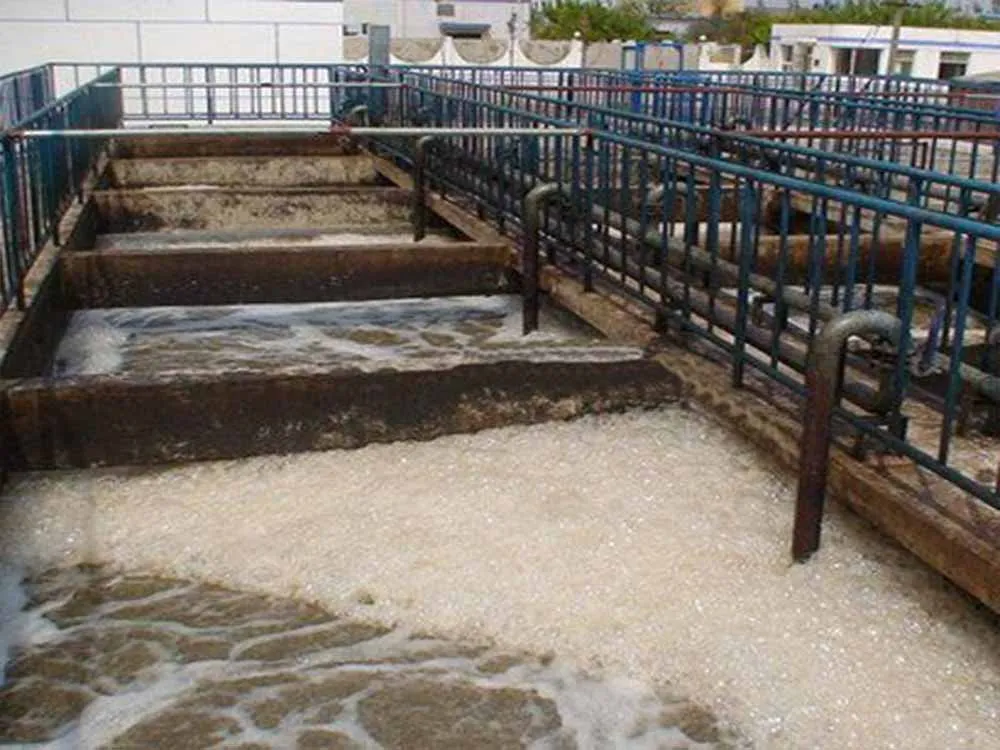Home > ozone for waster water
Even if you are not familiar with exactly what ozone is, you will at least be familiar with the word. Damage to the ozone layer has been a major environmental concern for decades, and it has been linked to increased global warming and melting ice caps.
The “ozone” in the ozone layer is a very simple molecule. It is O3, or three oxygen atoms bonded together.
This is unusual, of course, because the natural state for oxygen at surface pressure and room temperature is O2, or two atoms bonded together in a molecule.
The result of this is a completely different substance, with a unique set of characteristics and properties. Some of these properties lend ozone rather nicely to the application of wastewater filtration and treatment.
Ozone is added to wastewater during the treatment process, removing germs and organic compounds. In effect, the wastewater is being filtered by the O3 chemical, hence the name ozone filtration.
But there are both advantages and disadvantages to using ozone as a wastewater treatment method.

Ozone, if handled correctly, can be a highly beneficial form of wastewater treatment. However, plant managers need to budget carefully to make sure that enough ozone is produced in order to do the job correctly. There may also need to be pre-treatment on the wastewater to get the best out of the process.
Provided that a facility can handle the relative complexity of the process, and bear the cost of operation, ozone filtration is a very viable option.

